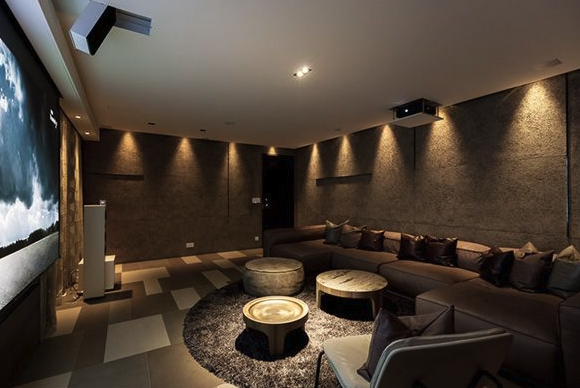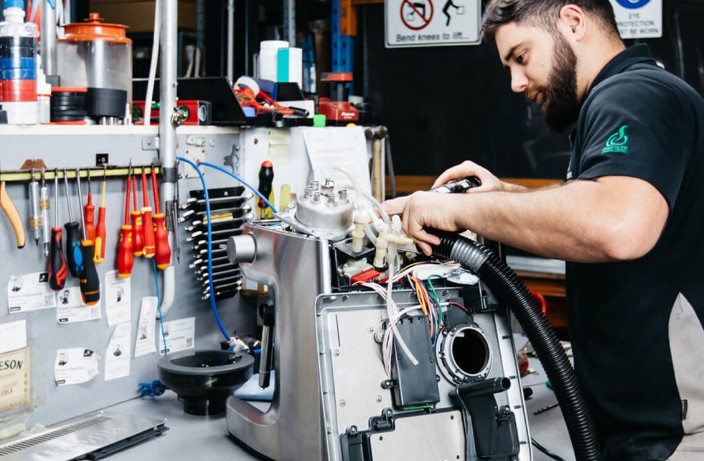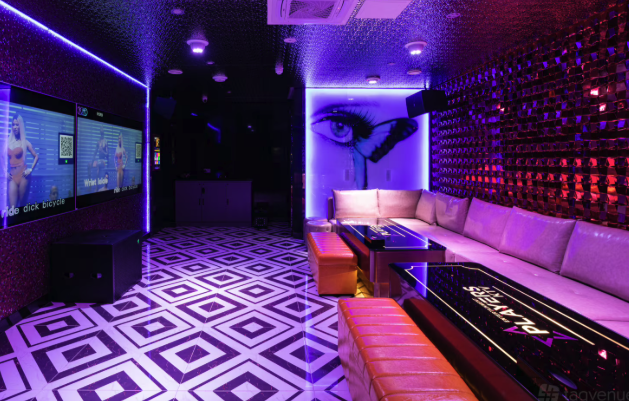Introduction
Packaging is silent salesmanship. When a shopper scans a crowded aisle, your pack has seconds to get attention and communicate value. For noodles, that means balancing function with design. The package must protect fragile strands or delicate flakes, but it also has to sell: the right window, printing choice, and finish can turn a browser into a buyer. This article walks through practical ways to design custom noodle packaging that protects product, tells a story, and performs on shelf.
Start with the product, not the artwork
Design decisions should flow from product needs. Long pasta needs structural support; fragile rice noodles need padding. If the noodle is colorful or has an artisan shape, a window can show it off. If the product is light-sensitive or needs a strict barrier, prioritize that.
When you choose custom noodle packaging, lead with function. The visual creativity comes next. If a package fails to protect the noodles, no finish or fancy printing will rescue the user experience.
Windows that sell but do not compromise protection
A window gives shoppers a direct look at what they will cook. That transparency builds trust: people buy what they can see. But every window is a potential weak spot in barrier performance.
Strategic window placement and size help. A small, well-located window lets customers inspect product color and shape without removing a full layer of barrier. A gallery window with a laminate seal around it maintains barrier integrity. For high-barrier needs, consider a small viewing window with an internal bag or sleeve that preserves the atmosphere around the noodles.
Custom noodle packaging can include a window while still meeting moisture and oxygen specs. Ask your supplier for multi-layer laminates and reinforced window bonds so the visibility does not cost freshness.
Printing choices that communicate quality and flavor
Printing is where your brand voice meets the shelf. High-resolution flexographic or rotogravure printing delivers vivid color and fine detail that signal premium quality. Use imagery and typography to tell a simple, single message: fresh, artisan, comforting, or fast-cook.
Avoid clutter. A clear hierarchy helps shoppers: brand name, product type, net weight, and one compelling benefit. If your noodles are artisan, use subtle photography and serif or humanist type. If they are instant or budget-friendly, bold color blocks and clear functional cues work better.
The interplay of print and material matters. Metallic inks and foil accents catch light, but they can complicate recycling and raise costs. Consider where those special touches create real advantage versus where simple, honest printing will do.
Finishes that add tactile value and shelf presence
Finishes make packaging feel physical, not just visual. Matte lamination gives a soft, high-end feel that works well with artisan noodle brands. Gloss finishes boost perceived freshness and color saturation on photographic images. Soft-touch coatings elevate perceived value but add cost.
Embossing or spot varnish can highlight logo elements without overwhelming the design. Texture can be a differentiator in a crowded aisle: shoppers often remember how packaging felt as well as how it looked.
But remember: finishes should not interfere with barrier performance. If you need a high oxygen barrier, ensure that the chosen finish is compatible with the laminate structure and sealing equipment used on your line.
Structure and format as part of design
Beyond graphics and finishes, the bag structure itself is part of the design language. Stand-up pouches read modern and stable. Quad-seal bags feel premium and box-like. Pillow bags are utilitarian and price-driven. Each structure speaks to a different shopper mindset.
Use the structure to support key visual elements. A tall stand-up pouch gives a large canvas for vertical photography. A quad-seal bag presents a neat block for shelf stacking and brand consistency. Design layout should respect the physical shape so important text and windows are not distorted during filling or display.
Color and contrast for quick decisions
Shoppers make split-second choices. High contrast between brand name and background increases legibility. Color coding across SKUs helps families of products read as a set and speeds buying decisions. For seasonal or limited editions, use a single, striking color or finish to draw the eye.
But don’t sacrifice clarity for novelty. Nutritional or cooking information should stay readable at a glance. Custom noodle packaging should balance personality with practical legibility.
Labeling, information hierarchy, and compliance
Design must include space for mandatory labeling: ingredients, net weight, barcode, and allergen statements. Place these elements logically so they don’t compete with marketing claims. A tidy information layout reduces shopper frustration and speeds checkout.
For export or multi-market products, design flexible panels that can carry additional language without disrupting the core artwork. This foresight reduces the need for multiple print runs later.
Sustainability choices that communicate value
Finish choices affect sustainability. Avoid heavy multi-material laminates if recyclability is a priority. Many brands now use mono-material films compatible with recycling streams while using printing and varnish techniques that remain recyclable.
When sustainability is part of the brand promise, call it out cleanly on the pack with a short line and an icon. Consumers respond to clear, verifiable claims more than to vague green language.
Prototype, test, repeat
Design is iterative. Prototype with actual filled packages, then test for shelf impact, handling, and transport durability. Check how the printed colors hold up under fluorescent retail lighting and whether finishes scuff. Test window bonds, seal integrity, and how the package behaves in a grocery pick-up scenario.
Collect data from store tests and shopper feedback. Use that to refine art, finish, and structure before a full production run.
Conclusion
Design and function must co-exist. The right window, printing, and finish can make your noodles sell, but only when paired with packaging that protects and performs. Custom noodle packaging is an engineering task and an art exercise at the same time. Start with product needs, then build a visual language that is clear, tactile, and honest. Prototype, test, and iterate. Do that and your shelf presence will match the quality of the noodles inside.









